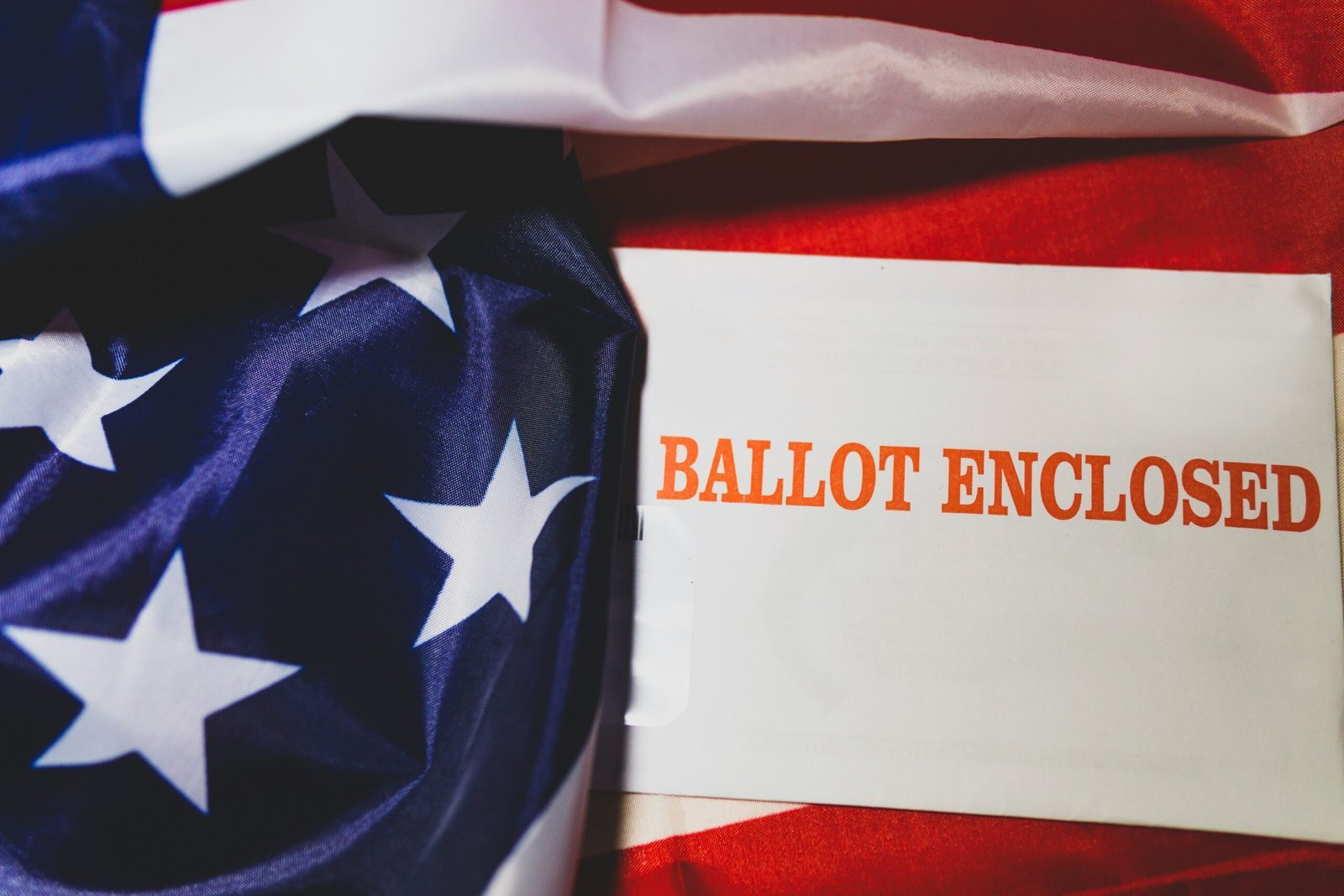

Overview of the 2024 Election Results
The 2024 United States presidential election has presented a dynamic and evolving landscape, with numerous states reporting results that shape the narrative of this electoral cycle. As of now, major key states have been called, indicating a crucial shift in the political tide. Early tallies show that the outcomes in states like California and Texas align with initial projections, reflecting solid support for the candidates leading in these territories.
Attention has notably turned to pivotal swing states, where the results are yet to be finalized. Pennsylvania, Georgia, and Nevada have emerged as battleground states that could potentially influence the overall direction of the election. In Pennsylvania, mail-in ballots are being counted, and early indications suggest a tightly contested race. Georgia’s results are also particularly notable, as historically close elections have characterized recent cycles, marking it as a decisive factor in determining the presidency. Meanwhile, Nevada’s diverse voter demographic adds another layer of complexity, making it a state to watch as more votes come in.
Current reports indicate fluctuating vote counts in these key areas, with both parties vying for an advantage. Analysts are closely observing voter turnout and demographic shifts, which could ultimately sway the results in these critical regions. As predictions evolve, voters and political analysts alike remain attentive to the unfolding electoral process, recognizing that early results in these states will significantly affect the coming days of tabulation and certification.
This election cycle is shaping up to be one of the most competitive in recent history, and as the votes continue to be counted, the implications for partisan control in Washington are becoming increasingly apparent. With each update, we gain a clearer picture of who could emerge as the 47th President of the United States.
Trump’s Performance in Key States
Donald Trump’s performance during the 2024 election has been a focal point as critical states like Pennsylvania, Georgia, and Nevada are being closely monitored. These states have historically played pivotal roles in determining the outcome of presidential elections, and Trump’s campaign strategies have adapted to appeal to the voters in these regions. As results from the polls begin to emerge, it is crucial to analyze whether Trump has successfully secured victories in these key areas and what implications this may hold for his potential to become the 47th president.
In Pennsylvania, a battleground state with a diverse electorate, Trump’s outreach efforts have aimed at connecting with both rural and urban voters. His campaign has strategically focused on issues such as the economy, job creation, and energy independence, resonating particularly well with the working-class demographic. As the votes are counted, early indications suggest that Trump’s approach may have engaged a significant number of undecided voters, thus fortifying his position in the state.
Similarly, Georgia’s political landscape continues to be contentious, with Trump’s past associations and controversies influencing voter perception. The state has seen a surge in grassroots campaigns and voter mobilization efforts, with Trump’s emphasis on election integrity and economic recovery galvanizing his base. Analyzing voter turnout and demographic shifts will be critical in understanding whether Trump can prevail in this vital state.
Nevada, known for its fluctuating voting patterns, has posed its own set of challenges for Trump. His campaign has focused on expanding support among Hispanic voters, which have historically leaned Democratic. By addressing local concerns, such as affordable housing and job opportunities, Trump’s campaign has attempted to reshape voter sentiment. As results are finalized, contrasting Trump’s current performance with his past elections will be essential in gauging his overall electoral strength.
Analysis of Voter Trends and Polling Data
The 2024 presidential election has witnessed a significant shift in voter trends, which can be attributed to various socio-economic factors and evolving political sentiments. Analysis of polling data reveals distinct preferences among key demographics, shedding light on the choices made by the electorate. Particularly, age, race, education level, and geographical location have emerged as critical determinants influencing voting behavior.
One of the most striking observations is the increasing importance of the economy in voter decision-making. As inflation rates have affected daily life, candidates focusing on economic reform and stability have garnered more support. Exit polls indicate that voters prioritizing economic issues have largely leaned toward candidates who promised fiscal responsibility and job creation. This trend marks a notable shift from previous elections, where social issues often took precedence.
Healthcare remains another pivotal topic, particularly in the wake of ongoing debates about access and affordability. Many voters have expressed strong opinions regarding the future of healthcare policies, indicating that candidates who advocate for expanded healthcare coverage have seen heightened popularity. Voter sentiment around healthcare illustrates a growing demand for actionable policies rather than mere rhetoric.
Moreover, social issues such as climate change, reproductive rights, and immigration policy have mobilized certain groups to engage more actively in the electoral process. Younger voters, in particular, have demonstrated a strong inclination toward candidates who address these challenges decisively. Comparisons to past elections reveal an increasing polarization in how demographic groups align themselves politically, reflecting broader societal changes.
As the election progresses, ongoing analysis of voter trends will be essential for understanding the dynamics at play, informing both campaign strategies and future policy directions. This evolving landscape underscores the importance of continuous engagement with the electorate to adapt to changing priorities in American society.
What Happens Next? Election Process and Predictions
As the election results continue to unfold, it is crucial to understand the remaining steps in the election process. While preliminary results may indicate a clear front-runner, several outstanding ballots may still be uncounted. Mail-in ballots, military votes, and provisional ballots all play a significant role in shaping the final results, particularly in states where the margin of victory is narrow. Election officials have strict protocols in place for counting these ballots, which can affect the timeline for announcing the ultimate winner of the 2024 election. It is anticipated that most states will finalize their counts within a few weeks, but the exact timing may vary based on state laws and regulations.
In the days and weeks following the election, key events will be taking place, including speeches from leading candidates such as Donald Trump. These addresses are not only significant for their immediate political impact but also for setting the tone for future party dynamics and governance. Candidates will likely articulate their visions for the next steps, whether they are preparing for a transition of power or making appeals for recounts and legal challenges. The backdrop of these events will shape public perception and influence party strategies moving forward.
Speculations regarding governance are already starting to emerge. Should a candidate secure a win, discussions surrounding potential cabinet appointments and policy priorities will dominate the political landscape. Conversely, if the results are contested, we may witness a prolonged period of uncertainty. This scenario could lead to broader implications for political unity and legislative progress, as party allegiances may be tested. All these factors contribute to a dynamic and evolving political environment that will be closely monitored in the weeks ahead. As the election process unfolds, stakeholders will stay alert for developments that could impact the trajectory of U.S. governance.




